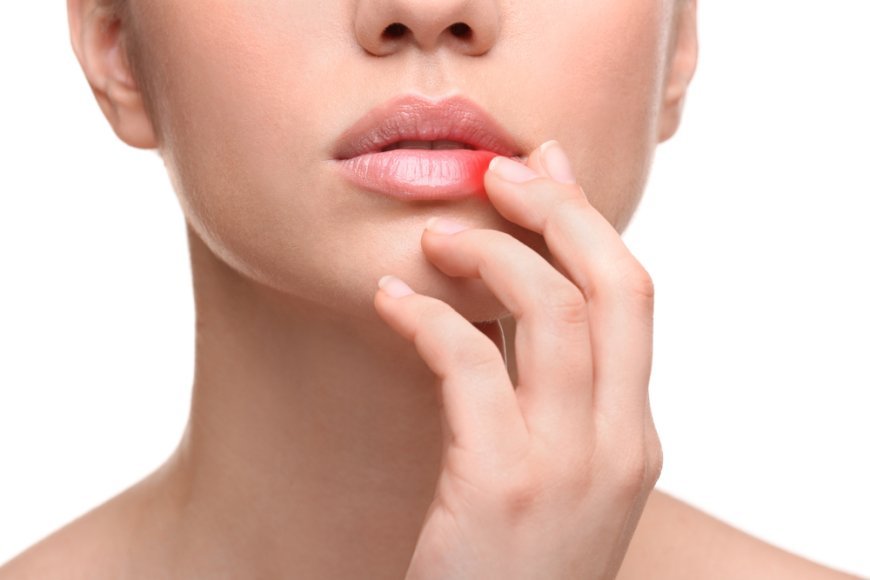Cold Sores
Welcome to the world of cold sores! The dreaded cold sore is one of the most common and irritating of skin afflictions.

Welcome to the world of cold sores! The dreaded cold sore is one of the most common and irritating of skin afflictions.
While cold sores may be annoying and even painful, they are actually quite common and can usually be managed or prevented. In this article, we'll cover the basics of cold sores, the symptoms, causes, risk factors, prevention tips, and treatments available.
What Are Cold Sores?
Cold sores, also referred to as fever blisters, are small, fluid-filled lesions that generally appear around the lips, mouth, or nose. They are caused by an infection of the Herpes Simplex virus (HSV-1), which can remain dormant in the body for years before an outbreak appears. During an outbreak, the virus reproduces and the virus replicates itself, causing several lesions or “blisters” to appear.
The symptoms of cold sores can vary greatly from person to person. Some people have very mild symptoms, such as tingling or itching in the affected area. Others may experience a burning sensation, redness, and swelling as the cold sore continues to develop. In the worst cases, cold sores can be painful and cause a loss of energy or fever.
What Causes Cold Sores?
Cold sores are caused by a virus called herpes simplex virus type 1 (HSV-1). The virus is transmitted from person to person through direct contact when another person has an active lesion or cold sore. This includes sharing contaminated items such as towels, drinking glasses, utensils, and other items that are in contact with the skin.
Once the virus enters the body, it can take weeks or even months before cold sores appear. The virus travels through nerves to the skin and can remain dormant in the body for a long time. During this time, the virus will be at the ready, waiting for the right conditions to begin replicating. When these conditions are present, the virus will reproduce rapidly and cause an outbreak of cold sores.
Risk Factors for Cold Sores Although there are many risk factors associated with cold sores, the most common ones are as follows:
• A weakened immune system • Stress or anxiety • Exposure to sunlight or ultraviolet (UV) light • Dry, cracked lips • Changes in hormones (e.g. during puberty or pregnancy) • Injury or trauma to the affected area
Prevention Fortunately, there are a number of things that can be done to reduce the risk of getting cold sores. Some prevention tips include:
• Avoid physical contact with someone who has an active cold sore • Wash your hands often and avoid touching the affected area • Avoid sharing items such as towels and drinking glasses • Use sunscreen when outdoors to protect your lips from the sun's UV rays • Avoid lip balms and moisteners that contain irritants • Use lip balm with SPF • Avoid consuming too much sugar and processed food • Get adequate rest and practice relaxation techniques • Practice good oral hygiene and avoid lip-licking
Treatment If you do develop a cold sore, there are several treatments available to help you manage it. Over-the-counter (OTC) treatments, such as creams and ointments, are usually the first line of defense in treating cold sores.
These OTC treatments help to reduce inflammation, pain, and itching. They can also help to speed up the healing process and reduce the risk of secondary infections. Prescription medications, such as antiviral medications, may also be prescribed in more severe cases.
Cold sores are a common, uncomfortable skin affliction that are caused by the herpes simplex virus. While cold sores can be irritating and painful, there are steps you can take to reduce your risk of getting them, such as avoiding physical contact with people who have an active cold sore and avoiding exposure to sunlight. If you do develop cold sores, there are treatments available to help you manage them. With a little preventative care and a few proactive steps, cold sores can be easily managed, and you can get back to life as usual.
